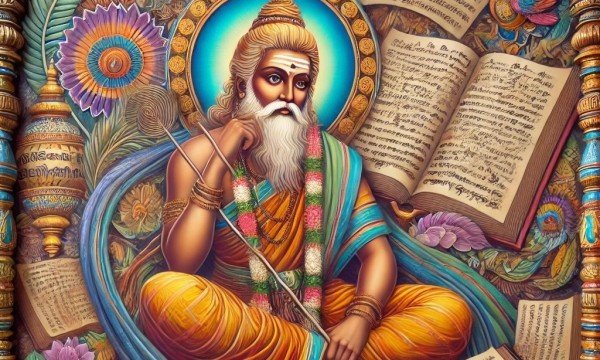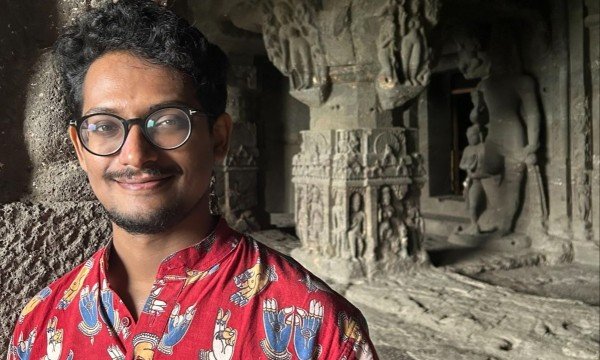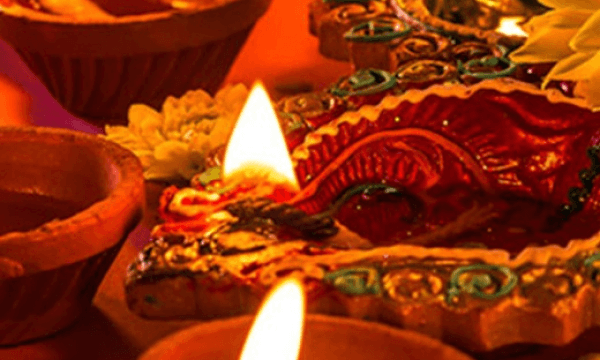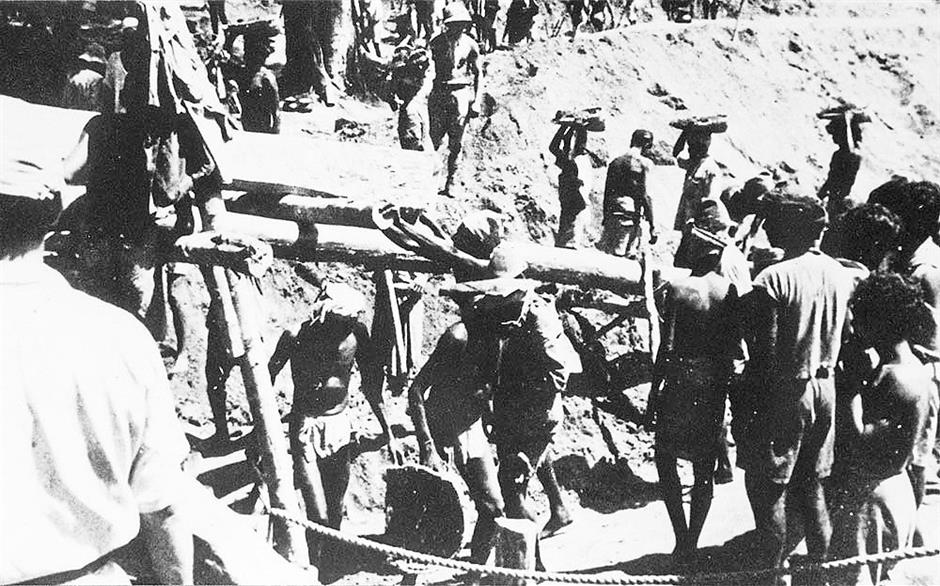
History has always fascinated me. Throughout my life, I’ve gone out of my way to delve into detailed historical events and gain perspectives to better understand why such events have happened. Something that has also interested me is historical events that are rarely discussed or brought to light.
During World War II (1939-1945), many atrocities took place that are still remembered to this day. The Holocaust – the systematic murder of six million Jews in concentration camps throughout Europe, and the Nanking Massacre – the mass rape and murder of 300,000 Chinese by Japanese troops – are examples of atrocities from this war. While these are important historical events that will always be held in remembrance, there are others that are seemingly forgotten. One of these events involves Tamils and is known as the Siam-Burma Death Railway.
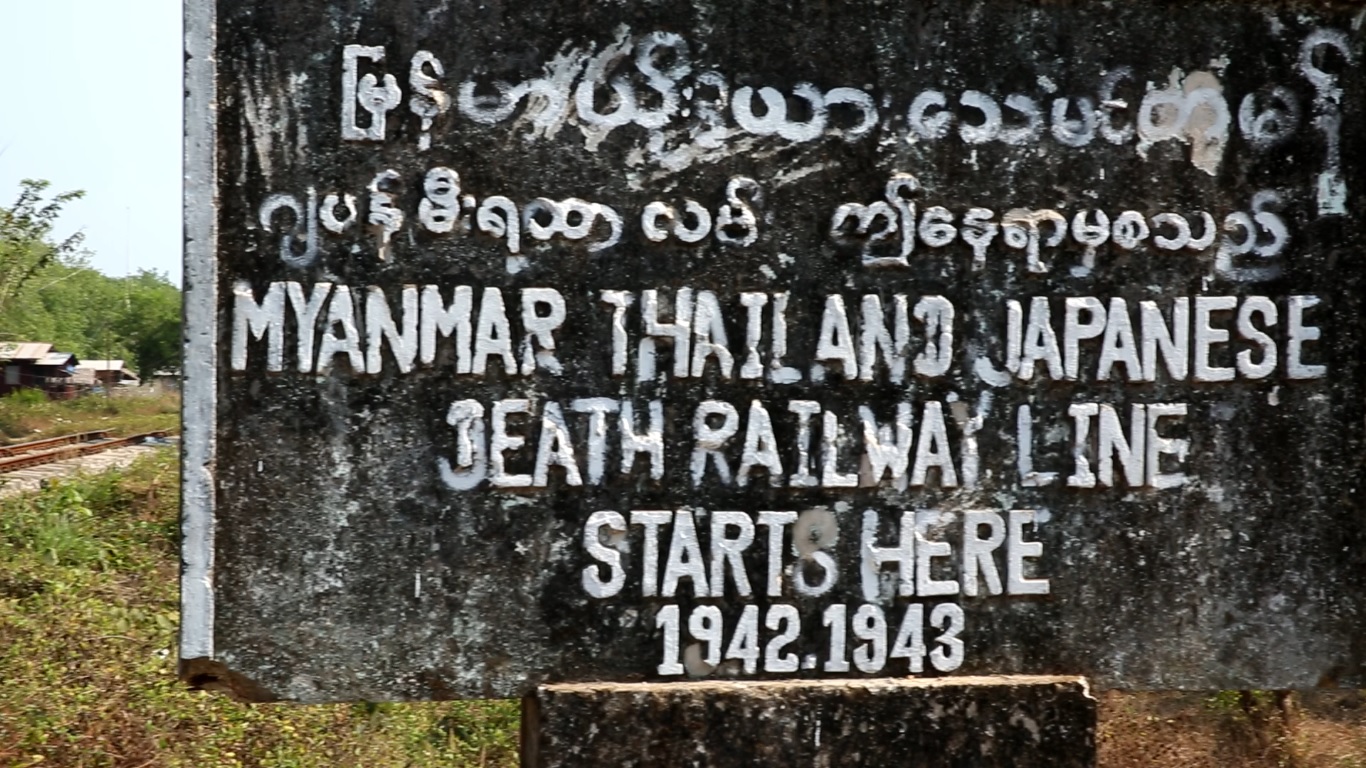
While I was perusing through a local library, I came across a Tamil book that piqued my interest. The book was titled உயிர்ப் பாதை (Life Path) written by K.N. Sivaraman. This book went into detail about how Malaysian Tamil labourers were used to build a railway connecting Siam and Burma (present day Thailand and Myanmar) by the Japanese Empire in 1943 during World War II for militaristic purposes. Given the harsh jungle terrain, the slave-like treatment and epidemic of diseases during the harsh construction of this railway, more than 100,000 Tamils perished. Those who managed to survive suffered mentally, physically and psychologically.
The bridge is now called the Siam-Burma Death Railway. However, it is called the “Life Path” in Tamil in remembrance of the over 100,000 Tamils who laid their lives in making this railway possible. The identities of many of those who perished are still unknown. The reason this book has come to fruition is because of written accounts of this event documented by British and Australian prisoners of war (POWs).
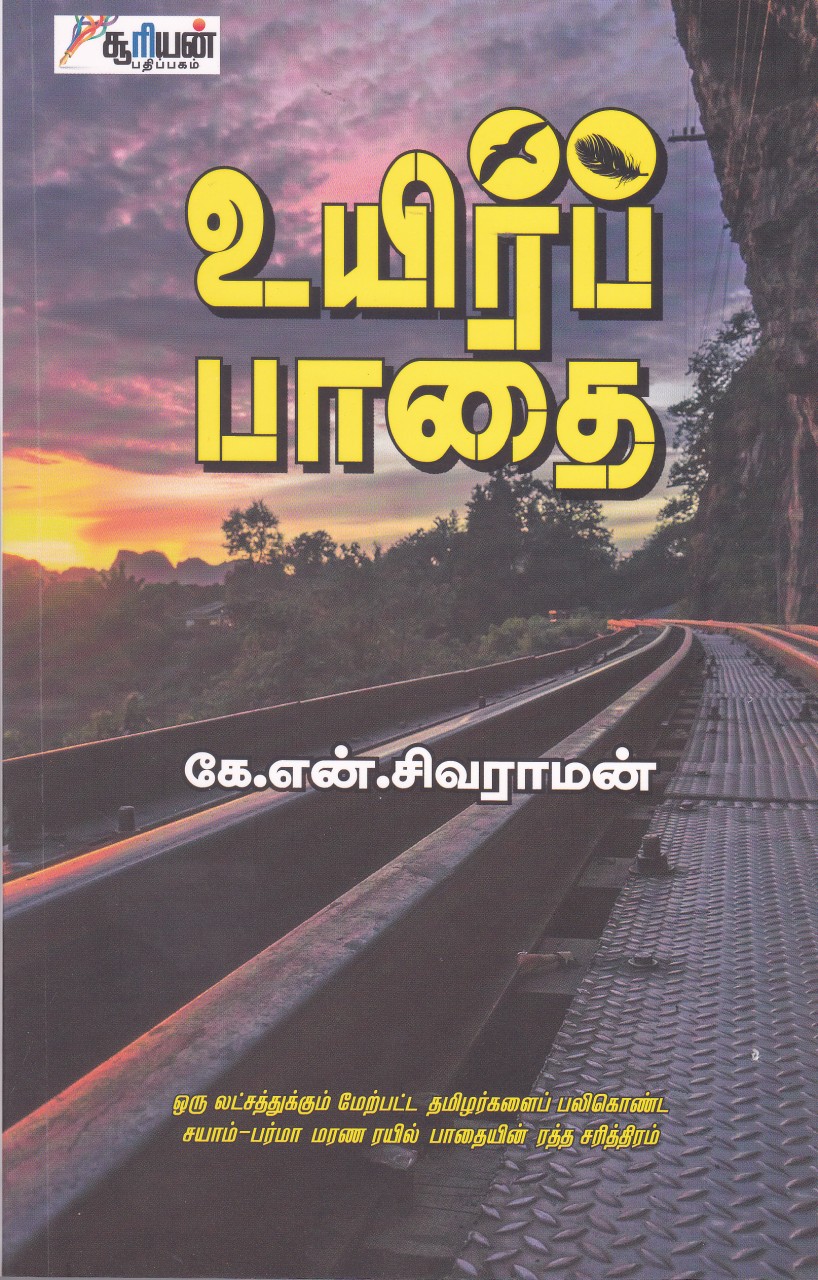
After reading this book, I found it hard to imagine that very little is mentioned of this tragic event, both within and outside the Tamil community. The book mentioned that this a forgotten historical event – it’s never discussed because most in the Tamil community are not aware that it happened.
This is slowly changing as a 2014 documentary film titled Siam-Burma Death Railway was made about this event, both in English and Tamil (the film trailer can be found here). Research, photos and testimonials from survivors describing the gruesome things they dealt with during World War II are presented in the film. It puts into perspective the treatment Tamils received during the construction of this railway. Words cannot describe the hardships, turmoil and suffering faced by lives given up with no care.
To date, there has not been any formal recognition of this atrocity nor any reparations given to the survivors. As someone who is proud of his Tamil heritage and who understands the importance of knowing our history, I draw a parallel between theatrocities of the Holocaust and Nanking Massacre to the Siam-Burma Death Railway. As a Tamil, I feel it is important to remember the suffering and death of 100,000 Tamil lives to give life to a path connecting Thailand and Myanmar, because it is honouring what they have done, acknowledging the evil that was committed and ensuring that such atrocities do not take place in the future.
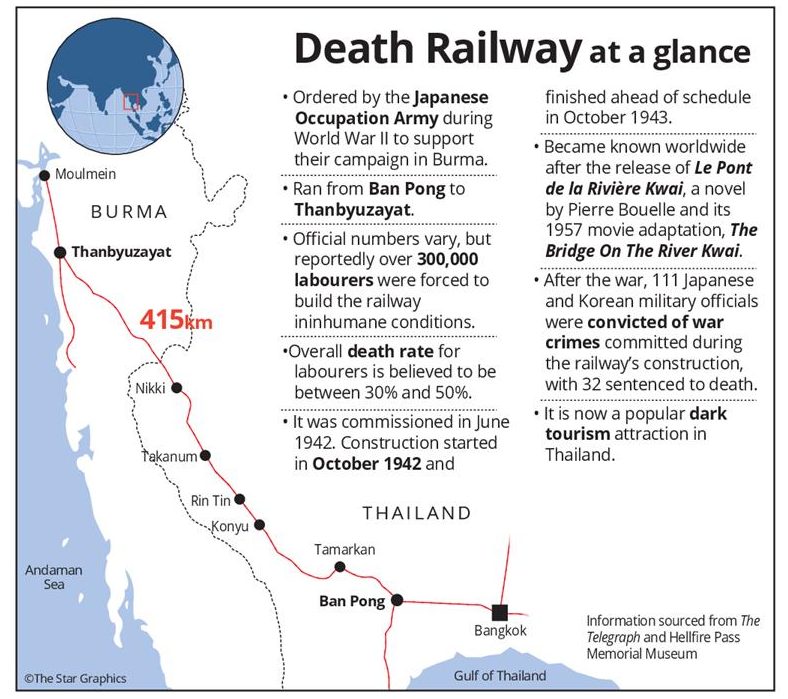
The historian in me knows that without knowing and embracing the past, the well-being of the future will be at stake. The events of the Siam-Burma Death Railway have an effect on the Tamil community at large. It shows there are corners of world history that did not respect the Tamil people, treated them as subhuman and walked away without facing any consequences. By being aware of this event, it serves to remember and honour our fallen Tamil brethren and to better unite under our communal identity so that similar atrocities never happen again.
History has a lot to teach us. It is up to us to ask questions, search for answers and never give up in the face of adversity.







